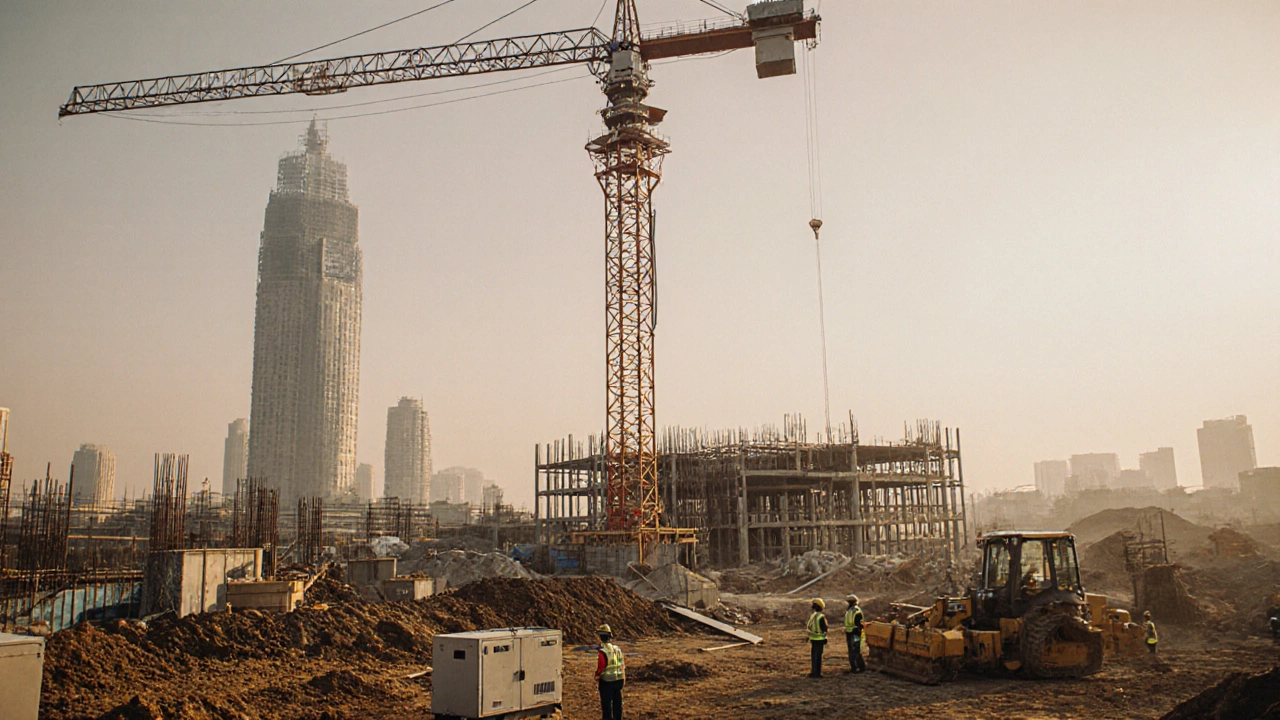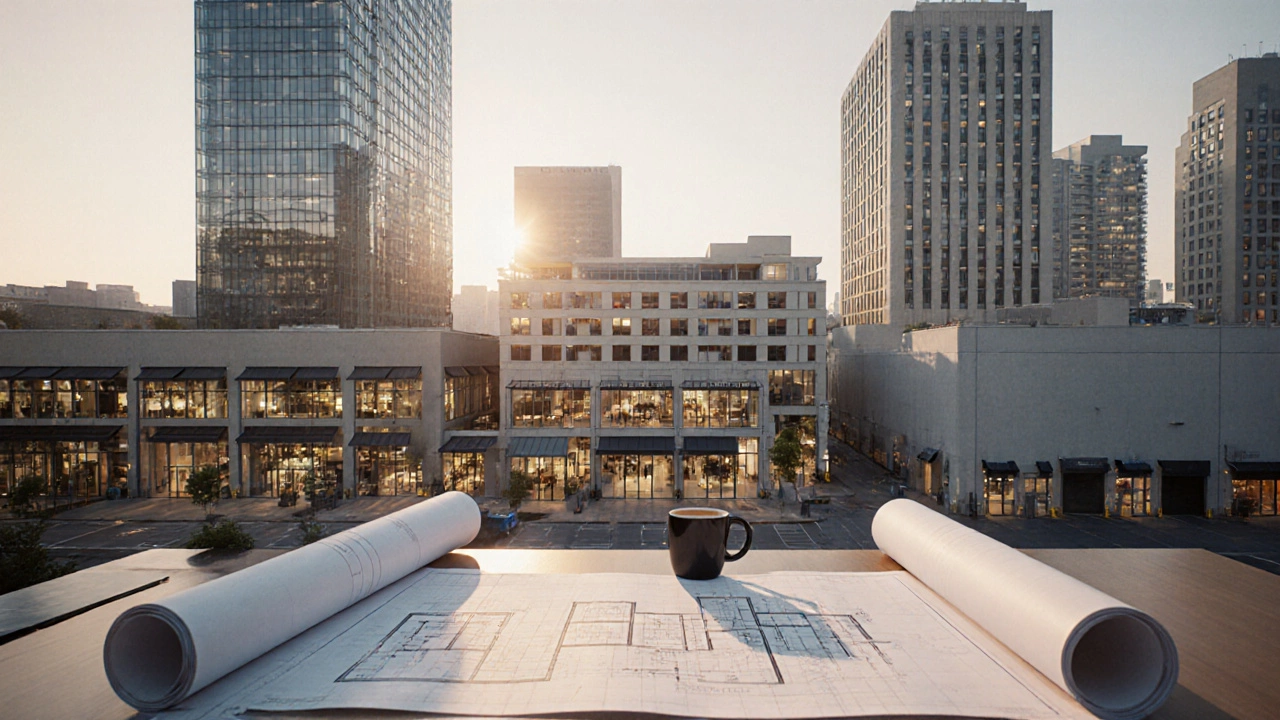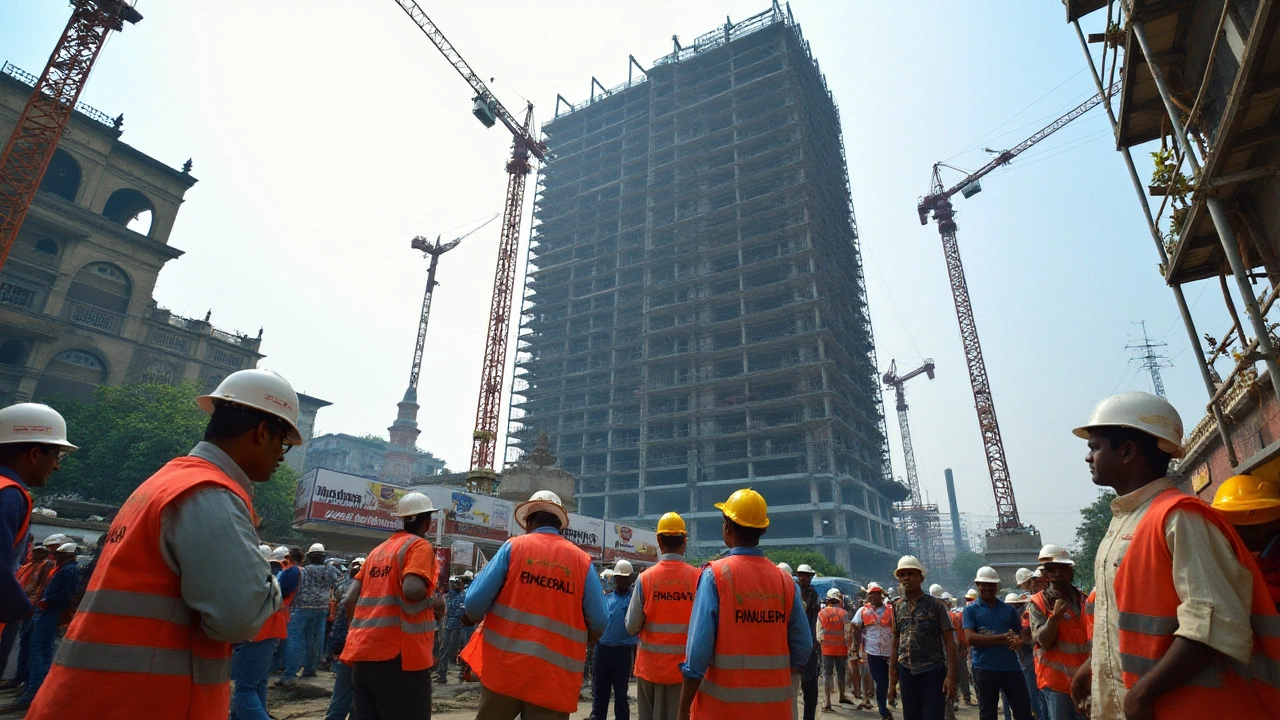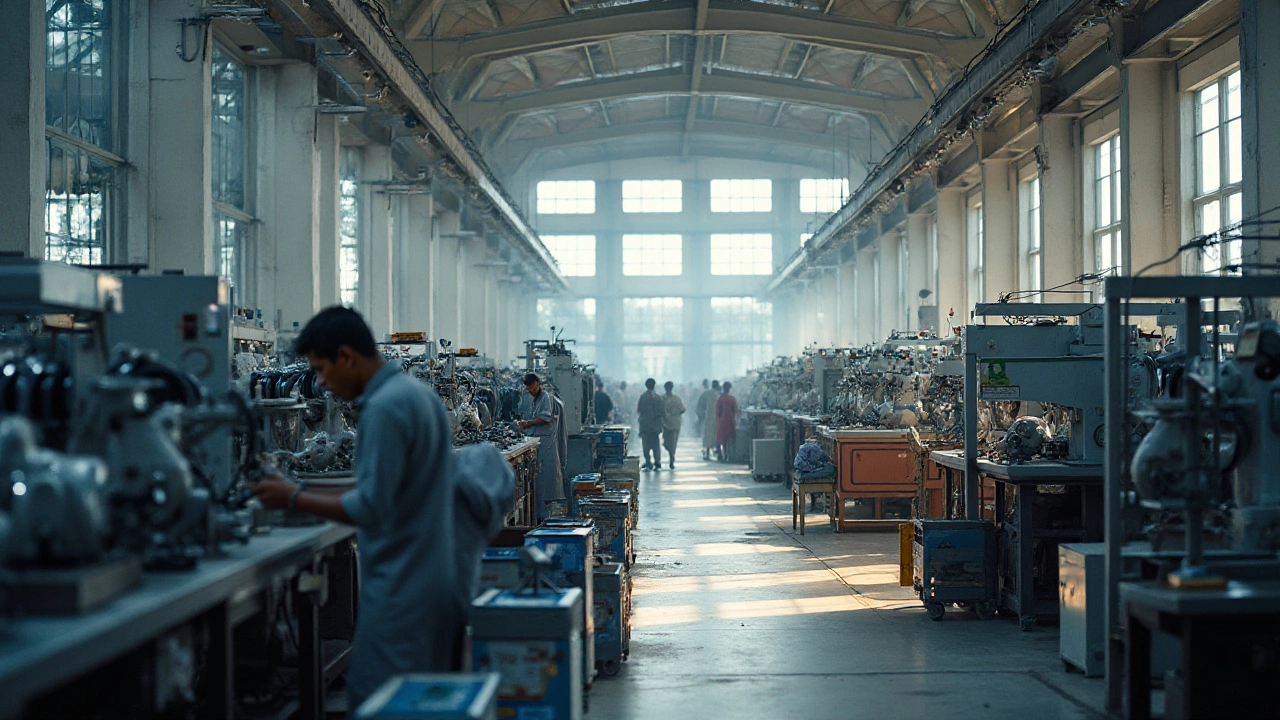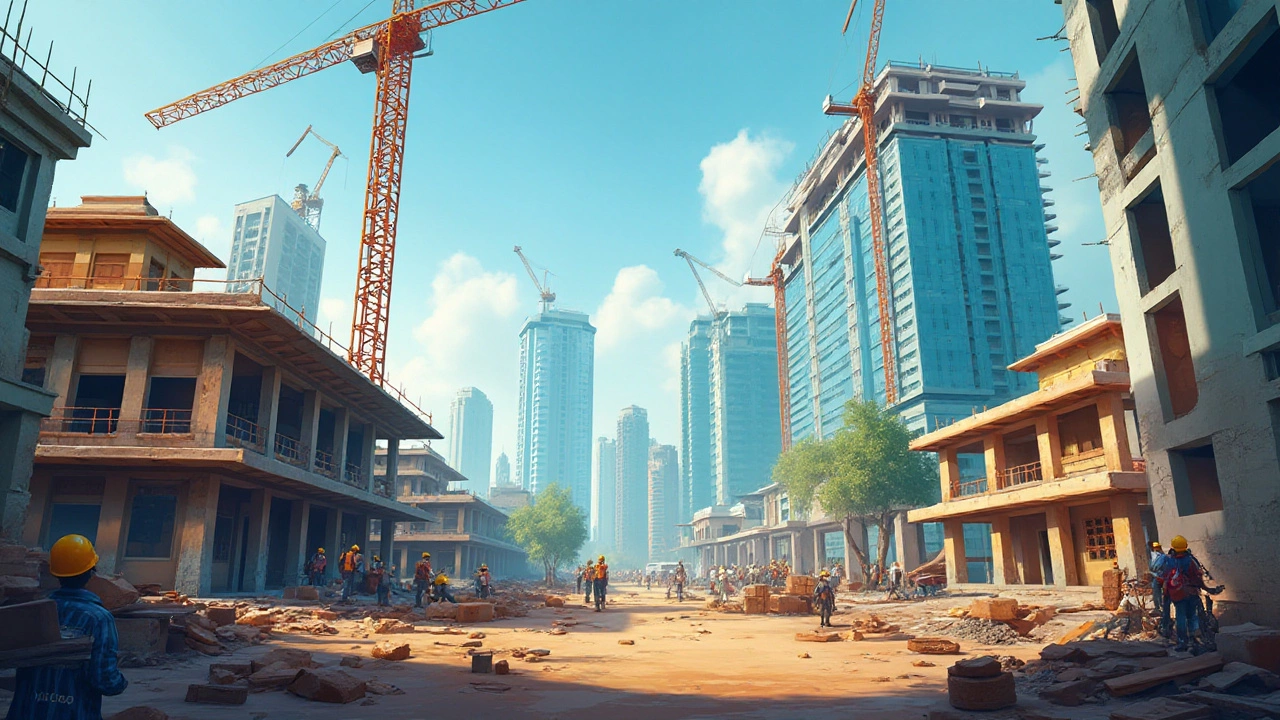Commercial Construction: What You Need to Know
Thinking about building a shop, office, or a hotel? That’s commercial construction. It’s different from building a house or a factory, and knowing those differences can save you time, money, and headaches.
Why Commercial Construction Is Its Own Thing
First off, the purpose matters. Commercial buildings host businesses – retail stores, restaurants, coworking spaces, you name it. Because they serve the public or many workers, the design focuses on high traffic, durability, and easy maintenance. You’ll see sturdier flooring, bigger parking areas, and more robust HVAC systems.
Second, the rules are stricter. Zoning laws, fire codes, and accessibility standards (like the ones for people with disabilities) are tighter for commercial projects. That means you’ll work closely with architects and local authorities to get the right permits.
Third, budgets are larger and timelines tighter. A commercial client often wants the project done fast to start earning rent or sales. That pushes contractors to plan carefully, order materials early, and keep crews on schedule.
How It Stacks Up Against Residential and Industrial Builds
Residential construction is all about homes. It focuses on comfort, aesthetics, and personal preferences. Commercial projects care more about function and return on investment. For example, a retail store might choose polished concrete floors because they’re cheap to clean, while a home would pick hardwood for a warm look.
Industrial construction, like factories or power plants, is another beast. Those sites need heavy‑duty equipment, special ventilation, and safety systems for hazardous materials. Commercial buildings rarely need that level of specialization, but they do need things like fire‑sprinkler systems and clear signage.
Understanding these gaps helps you talk the right language with contractors and suppliers. If you know a commercial project needs strong load‑bearing floors, you’ll ask the right questions about tile grades or concrete mixes.
Here’s a quick cheat sheet:
- Purpose: Business activities vs. living spaces or production.
- Regulations: Stricter fire, accessibility, and zoning codes.
- Materials: Durable finishes, low‑maintenance surfaces.
- Timeline: Faster turnaround to start operations.
- Budget: Larger upfront costs but aimed at quicker revenue.
If you’re still unsure whether your project is commercial, think about who will use the space and how. If it’s a shop, an office, or a mixed‑use building with stores and apartments, you’re in commercial territory. If it’s a house, it’s residential. If it’s a plant that makes things, it’s industrial.
Need more details? Our blog covers topics like “Differences Between Commercial and Industrial Construction,” “Is Commercial the Same as Non‑Residential?” and “Commercial vs. Residential Construction: Making the Right Choice.” These articles break down the nuances with real‑world examples and handy tips.
Ready to start your commercial project? Begin with a clear brief: define the purpose, size, budget, and timeline. Talk to a designer who knows commercial codes, and get a contractor who’s done similar work. With the right foundation, you’ll avoid surprises and keep the project moving forward.
Commercial construction isn’t magic—it’s a set of rules, materials, and processes that, when understood, make building a business space smoother and more profitable. Keep these basics in mind, and you’ll be on the right track.
What Is Covered Under Commercial Construction? A Complete Guide
Learn exactly what a commercial construction project covers, from site work and structural elements to insurance, change orders, and warranties, in an easy‑to‑follow guide.
Continue ReadingWhat Is Considered Commercial Construction? Definition, Types & Real‑World Examples
Learn exactly what counts as commercial construction, its main types, key regulations, and how to classify mixed‑use projects correctly.
Continue ReadingWhat Defines a Commercial Building? Key Features Explained
Explore the key features that define a commercial building, from zoning and fire safety to design specifics and cost implications, in a clear, practical guide.
Continue ReadingDifferences Between Commercial and Industrial Construction: What's What?
Ever wondered how commercial and industrial construction differ? They're both big and important, but they serve different needs. Commercial construction involves everything from shops to skyscrapers, while industrial construction focuses on factories and energy plants. This article dives into what makes each one unique, providing insights and tips if you're planning a building project.
Continue ReadingIs Construction Commercial or Non-Commercial?
Ever wondered what makes a construction project commercial or non-commercial? This article explores the differences, highlighting essential factors like purpose, scope, and funding. Learn about the types of projects, the specifics of commercial construction, and tips for navigating the industry. Gain insight into how these projects impact communities and the economy, making this complex topic digestible and insightful.
Continue ReadingIs Commercial the Same as Non-Residential? Understanding the Differences
When discussing construction, many use 'commercial' and 'non-residential' interchangeably, but they're not the same. This article explores the differences between these terms in construction, unraveling what's truly commercial and what falls under the broader non-residential category. From offices to industrial spaces and public buildings, each has specific purposes and regulations. We'll delve into key distinctions and why they matter in construction projects. Understanding these differences helps navigate project planning more effectively.
Continue ReadingCommercial vs. Residential Construction: Making the Right Choice
Choosing between commercial and residential construction can be like comparing apples and oranges. Each comes with its own set of challenges and benefits. From zoning laws to profit margins, understanding these differences can ensure you make the right decision for your project. Whether you’re planning a small home renovation or a large office building, it's crucial to consider the costs, regulations, and potential for returns.
Continue ReadingUnderstanding Commercial Projects in Construction
A commercial construction project involves the creation or renovation of buildings for businesses. These buildings are used primarily for commercial activities such as retail, office, or industrial purposes. The process includes planning, designing, budgeting, and following specific guidelines to meet the industry standards. This article explores the essential components of commercial projects, their significance, and factors influencing their development.
Continue ReadingUnderstanding the Differences Between Industrial and Commercial Construction
Industrial and commercial construction may seem similar, but they serve distinct purposes and have unique requirements. Industrial construction focuses on facilities used for manufacturing and production, like factories and plants. On the other hand, commercial construction involves building projects like offices, retail spaces, and entertainment facilities intended for commerce activities. This article explores the key distinctions between these two types of construction, providing insights into their processes, purposes, and trends.
Continue ReadingKey Differences Between Residential and Commercial Construction
Understanding the major differences between residential and commercial construction is crucial for professionals in the building industry. This article explores the distinct features, purposes, and regulations that separate these two types of construction projects. From design considerations to the types of materials used and the legal requirements, each aspect plays a significant role in how buildings are designed and constructed. Readers will gain insights into the unique challenges and opportunities associated with both residential and commercial projects. This knowledge is essential for anyone involved in planning, designing, or managing construction activities.
Continue Reading